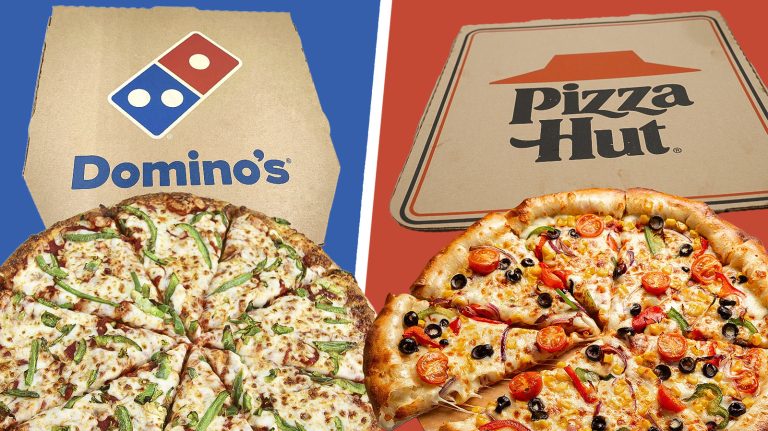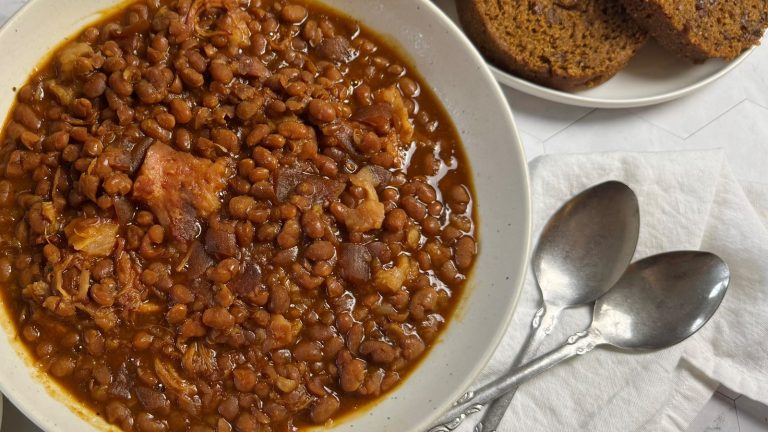We may receive a commission on purchases made from links.
You started making the batter for a gluten-free almond coffee cake recipe or a gluten-free banana bread recipe only for it to end up being too gritty instead of smooth. With a lack of gluten, coarser gluten-free flours, such as those made of brown rice and millet seed, can end up making batter gritty. Fret not, however, for you can fix the grittiness in just one easy step, thanks to a tip from an expert, pastry chef Alysha Dinatale of The Goddess and Grocer, an American café in Chicago, Illinois. It turns out, the secret is patience. “If your batter is gritty, let it hang out for 10 to 15 minutes before baking,” Dinatale explains. “This gives the flours time to fully absorb the liquid and mellow out that sandy texture.”
Once the flours are hydrated and softened, you can use a whisk to mix it again. This should get rid of all the sandiness and grittiness in the batter. Be sure to put a little muscle into mixing up the gluten-free cake batter. Unlike all-purpose or cake flour, which contain gluten-forming proteins, gluten-free flours don’t develop those same elastic networks when stirred or beaten. That means you can whisk away without the fear of creating a tough or dense cake. In fact, it may be perfectly fine to use a blender and blend out all the gritty sandiness. After all, it’s actually beneficial to overmix gluten-free batters.
Incorporate superfine flour or starches for smoother gluten-free cake batters
Now, Dinatale does acknowledge that patience and perhaps even overmixing the batter might not solve the gritty cake batter issue entirely. If that is the case, she advises you to follow an additional step. “If it’s still gritty, consider using a superfine rice flour or a flour blend with a little more starch for a smoother finish,” Dinatale recommends. After all, the finer the flour, the more easily it hydrates and blends into the batter without leaving behind the undesirable sandy, gritty texture.
However, if you use a gluten-free flour blend that includes a higher percentage of starch, such as tapioca starch, the batter will likely be less gritty. The reason is because tapioca starch absorbs liquids rather quickly, swelling into a paste instead of becoming gritty in the batter. You may want to consider picking up one of these popular gluten-free flour blends the next time you’re grocery shopping, such as Bob’s Red Mill Gluten-Free Flour or King Arthur Baking’s Gluten-Free Flour. Both blends include tapioca starch, potato starch, and rice flour, making them ideal choices for achieving tender, non-gritty, gluten-free bakes.






